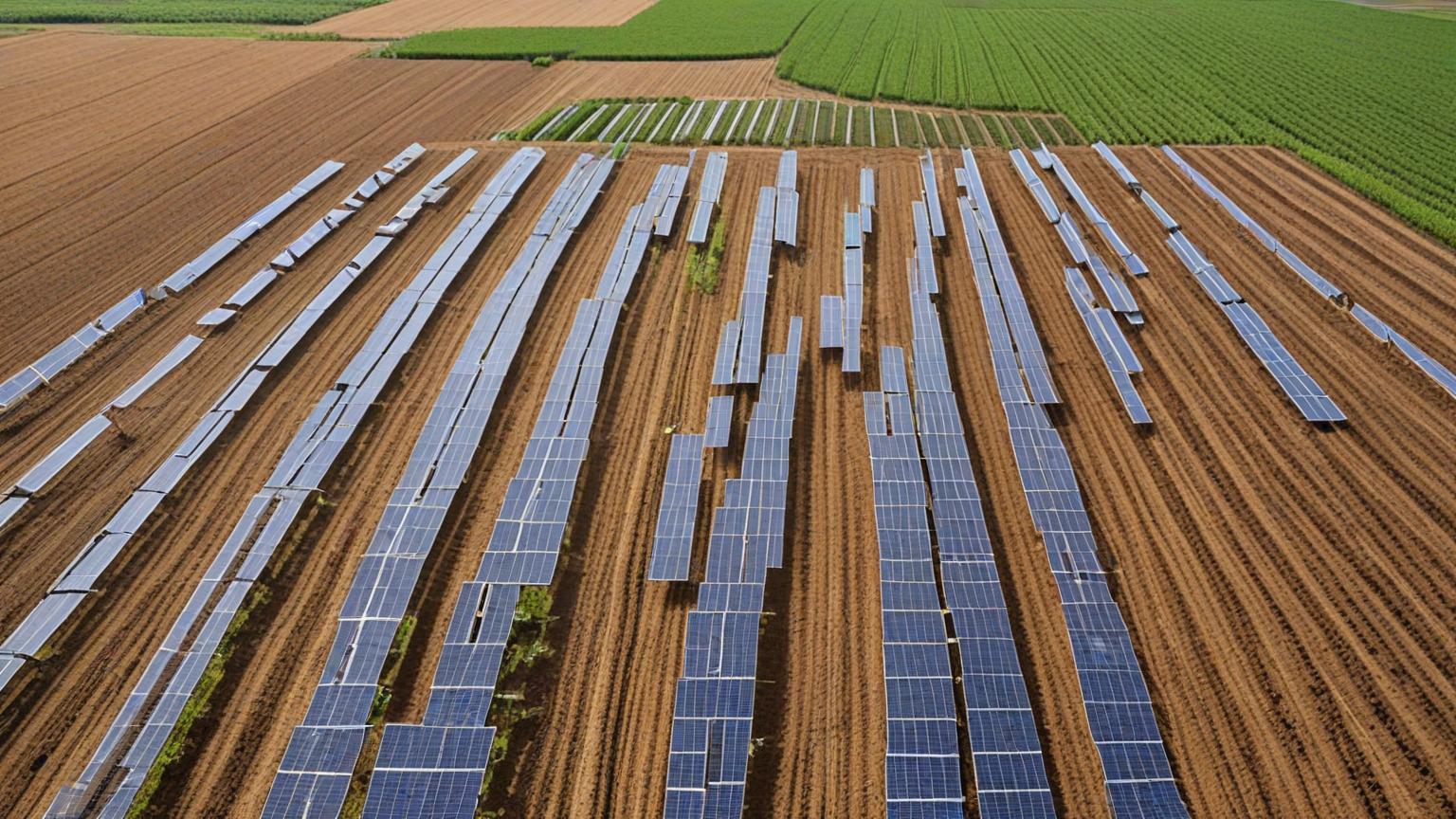As the global demand for energy continues to surge, innovative solutions at the intersection of technology and sustainability are becoming more crucial. One such solution, which is gaining traction rapidly, is agrivoltaics—a technique that combines solar energy generation with agricultural practices.
Agrivoltaics, a portmanteau of agriculture and photovoltaics, is transforming the landscape of renewable energy by integrating solar panels into farmland. This innovative approach not only alleviates competition for land—one of the significant challenges in renewable energy deployment—but also has the potential to enhance crop production and boost solar energy efficiency.
The beauty of agrivoltaics lies in its ability to address two critical needs using the same parcel of land. Traditionally, agricultural lands and solar farms have been seen as mutually exclusive. Farmland is reserved for food production, while solar panels demand significant real estate to optimally harness sunlight for energy. Agrivoltaics, however, presents a unique solution by using solar panels differently.
Solar panels are strategically installed to allow sufficient sunlight to permeate the ground for crop growing. By adjusting the height and spacing of these panels, farmers can ensure that the panels do not shade the crops excessively. In turn, certain crops can benefit from partial shading provided by the panels, which can reduce heat stress during extreme temperatures and manage water usage more efficiently.
Recent studies indicate that by utilizing this method, certain crops such as lettuce and tomatoes can experience an increase in yield. This goes against the traditional assumption that shading from solar panels would diminish agricultural output. The dual-use systems create a form of microclimate that can improve conditions for both the solar panels and the crops underneath them.
Moreover, agrivoltaic systems may also enhance solar panel efficiency. The presence of vegetation under the panels helps to regulate temperature and manage humidity levels around the panels, which can, in turn, help in keeping them cool and free from unnecessary dust accumulation. This results in maintaining optimal performance of the solar arrays, especially in regions prone to high temperatures.
Furthermore, the blessing in disguise is that it's not just agricultural benefits being realized. This dual-use of land also taps into economic advantages. It provides farmers with another stream of income, either through leasing the land to energy companies or directly generating solar power to meet their energy needs and selling excess electricity back to the grid.
The concept of agrivoltaics is not without its challenges. The initial setup for agrivoltaic systems can require significant investment, which might be daunting for small-scale farmers. Additionally, this innovative approach demands tailored technical solutions to accommodate a variety of crops and landscapes without compromising either solar efficiency or agricultural productivity.
Yet with burgeoning global interest and increased research investments, agrivoltaics holds promise for scalable applications. Regions across Europe, North America, and Asia are experimenting with different agrivoltaic models, and their findings continually contribute to refining techniques and enhancing viability.
Excitingly, agrivoltaics is proving to be not just a theoretical proposition but a practical response to the intertwined challenges of food production and clean energy demand. As policy frameworks become more supportive and technology continues to advance, the widespread adoption of agrivoltaics could make significant inroads towards more sustainable agricultural practices and increased renewable energy resources.
It is clear that agrivoltaics represents an electrifying frontier where the worlds of agriculture and solar energy harmoniously converge. As this field continues to grow, it holds the potential to revolutionize how we think about land use and drastically reduce our carbon footprint.
The intersection of agriculture and photovoltaics is more than just fertile ground for innovation—it's a symbol of how human ingenuity can converge seemingly competing needs into a cohesive and beneficial solution. Agrivoltaics offers a pathway not only to maximize land efficiency but also to transform sustainable practices in ways that were once unimagined.
Exploring the frontier of agrivoltaics: where agriculture meets solar energy

